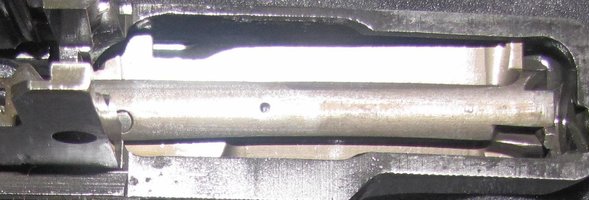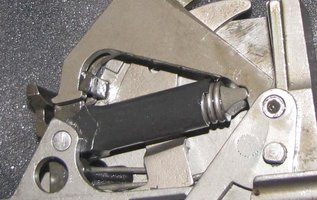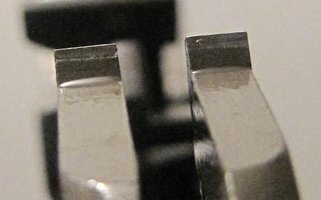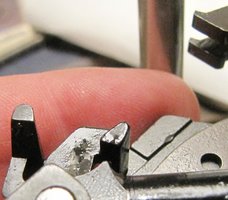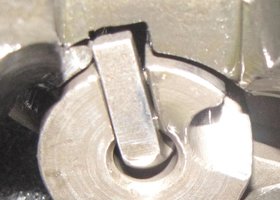The gun was an old CMP Garand, little fired. It spent decades in a safe. It was fine offhand. I got an occasional double from sitting, and many doubles and a few triples from prone.
The RO most familiar with the Garand removed and inspected the trigger group. There was no wear and nothing broken. His diagnosis was that I was bump-firing.
How should I modify my technique to avoid bump-firing? I had the usual leather sling, cinched tight. The gun was tight into my shoulder. I'm an old offensive tackle, so there's a lot of meat between the butt and my bones.
I shoot pistol mostly, timed events shooting at steel targets, so I'm used to working the trigger quickly. I was not doing this with the Garand. I was focusing on a long, slow trigger pull.
When I cleaned the gun, I spent some time with the trigger group, trying to find a trigger position where I could get the hammer to cock and fire without moving the trigger. I couldn't find such a position. So clearly there is some dynamic between the recoil and my trigger technique that's moving the trigger in the right way to double and/or triple.
I'd appreciate any advice on how to cure this problem.
Thanks in advance,
-jpg
The RO most familiar with the Garand removed and inspected the trigger group. There was no wear and nothing broken. His diagnosis was that I was bump-firing.
How should I modify my technique to avoid bump-firing? I had the usual leather sling, cinched tight. The gun was tight into my shoulder. I'm an old offensive tackle, so there's a lot of meat between the butt and my bones.
I shoot pistol mostly, timed events shooting at steel targets, so I'm used to working the trigger quickly. I was not doing this with the Garand. I was focusing on a long, slow trigger pull.
When I cleaned the gun, I spent some time with the trigger group, trying to find a trigger position where I could get the hammer to cock and fire without moving the trigger. I couldn't find such a position. So clearly there is some dynamic between the recoil and my trigger technique that's moving the trigger in the right way to double and/or triple.
I'd appreciate any advice on how to cure this problem.
Thanks in advance,
-jpg

